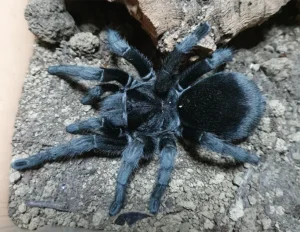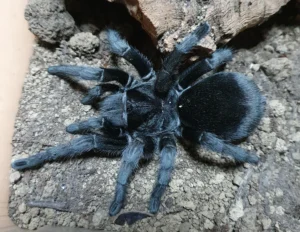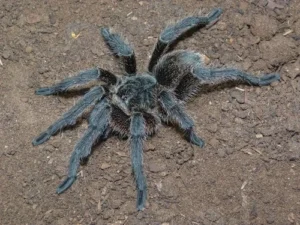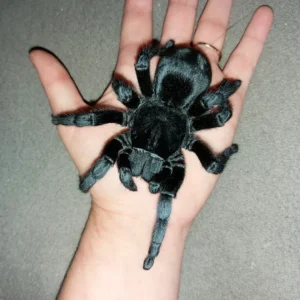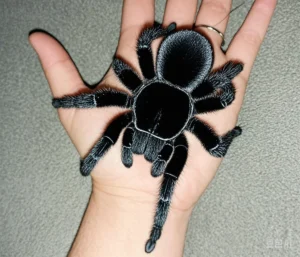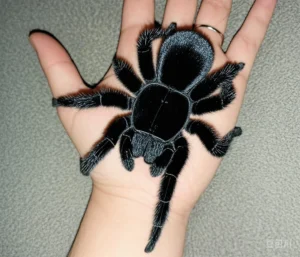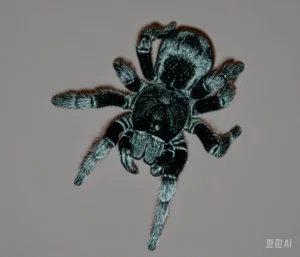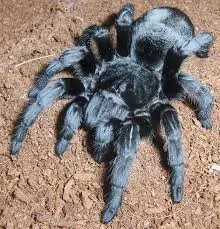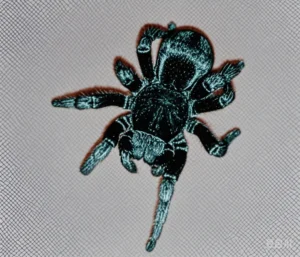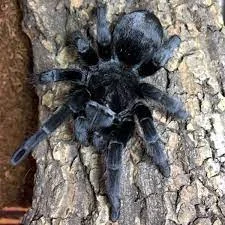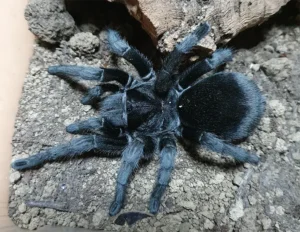Predatory Tactics of Grammostola pulchra: Ambush vs. Active Hunting Strategies
Grammostola pulchra, like most tarantulas, is a predator that relies on evolved strategies to capture its prey, primarily consisting of insects, other arthropods, and occasionally very small vertebrates. Its primary tactic falls firmly into the category of an ambush predator, rather than an active hunter that roams widely in search of food.
Ambush Predator Style
The defining characteristic of an ambush predator is the “sit-and-wait” strategy. G. pulchra exemplifies this:
- Burrow-Centric: They spend the majority of their time in or very near the entrance of their burrow. The burrow provides safety and a strategic position.
- Patience: They can remain motionless for extended periods, conserving energy while waiting for unsuspecting prey to wander within striking distance.
- Territoriality: Their hunting ground is typically the immediate vicinity around their burrow entrance.
This strategy minimizes energy expenditure and exposure to their own predators compared to actively searching for food.
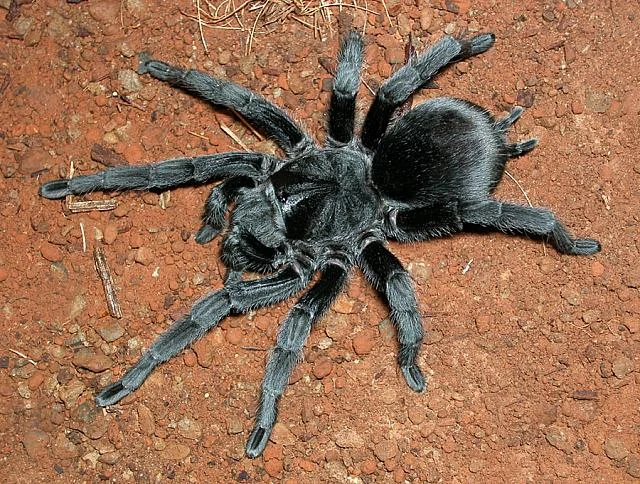
Sensory Detection
Since their eyesight is poor, G. pulchra relies heavily on other senses to detect approaching prey:
- Vibration Sensitivity: This is their most crucial sense for hunting. Highly sensitive slit sensillae and trichobothria (specialized sensory hairs) on their legs detect minute vibrations in the substrate (ground) caused by prey movement.
- Air Current Detection: Trichobothria also detect air currents, potentially alerting them to nearby flying or moving insects.
- Chemoreception (Taste/Smell): While likely less critical for initial detection at range, chemical cues might help identify prey upon closer contact.
They can often determine the size, direction, and speed of potential prey based purely on the vibration patterns detected.
The Strike
Once suitable prey is detected within range, the response is typically swift and decisive:
- Rapid Lunge: The tarantula lunges forward quickly from its waiting position.
- Seizing Prey: It uses its pedipalps and front legs to grasp and secure the prey item.
- Fang Deployment: Simultaneously, it brings its chelicerae (fangs) forward to bite and inject venom.
The speed of the strike is essential to prevent the prey from escaping.
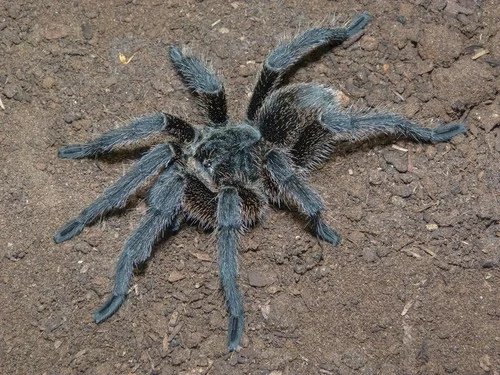
Subduing Prey
The injected venom quickly immobilizes or kills the prey. Tarantula venom contains a cocktail of neurotoxins and enzymes. While generally not considered medically significant to humans (though a bite can be painful), it is highly effective against their typical invertebrate prey.
Feeding Process
After the prey is subdued, the tarantula typically retreats to the safety of its burrow entrance or inside the burrow to feed. Tarantulas practice external digestion:
- They secrete digestive enzymes onto the prey through their fangs or mouth area.
- These enzymes liquefy the prey’s tissues.
- The tarantula then ingests the liquefied meal using its sucking stomach.
This process leaves behind a small, compacted ball of indigestible parts (exoskeleton, etc.) called a bolus. Keen keepers enjoy [observing tarantula hunting behavior](https://www.lopehare.com/tarantula-pet-care/) as it offers insights into their natural instincts.
Contrast with Active Hunting
While G. pulchra primarily waits in ambush, it’s not entirely passive. If hungry and prey hasn’t appeared for some time, it might venture short distances from its burrow, especially at night, exploring the immediate surroundings. However, this is still far removed from the active pursuit strategies seen in spiders like wolf spiders or jumping spiders, which roam extensively and rely more on vision to track down prey.
The ambush strategy is highly effective for large-bodied, relatively slow-moving predators like G. pulchra, maximizing energy efficiency and safety within their established territory.
References:
- Foelix, R. F. (2011). *Biology of Spiders* (3rd ed.). Oxford University Press. (General concepts on spider predation and sensory biology)
- Information on Theraphosidae hunting behavior from various natural history sources.

